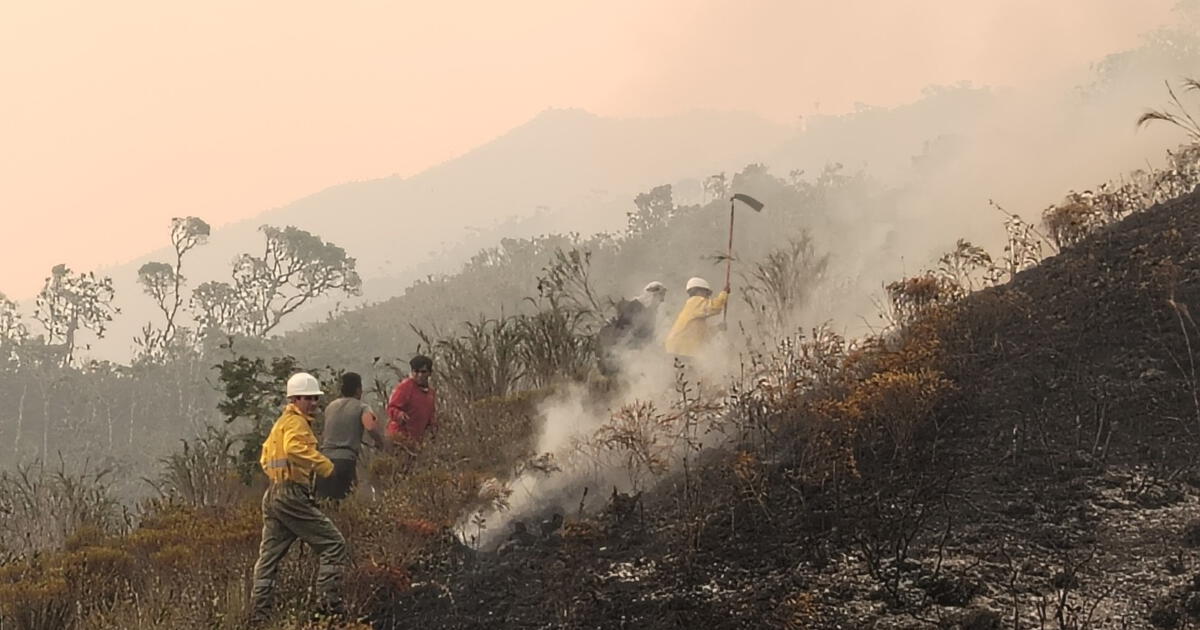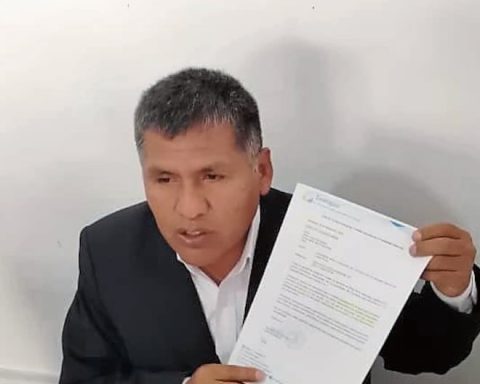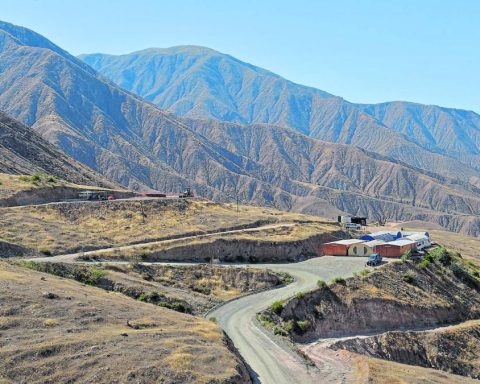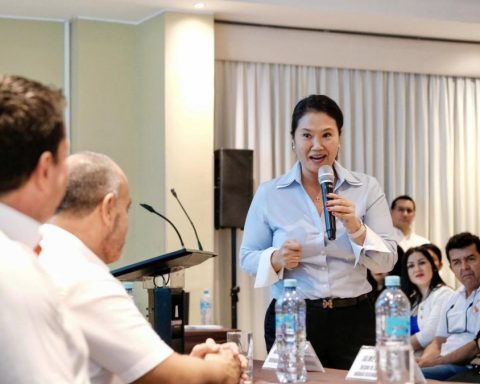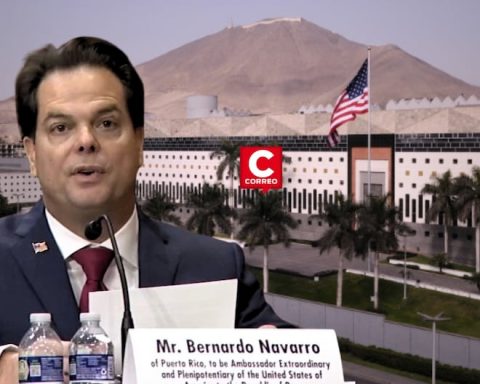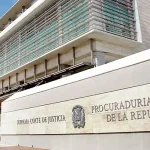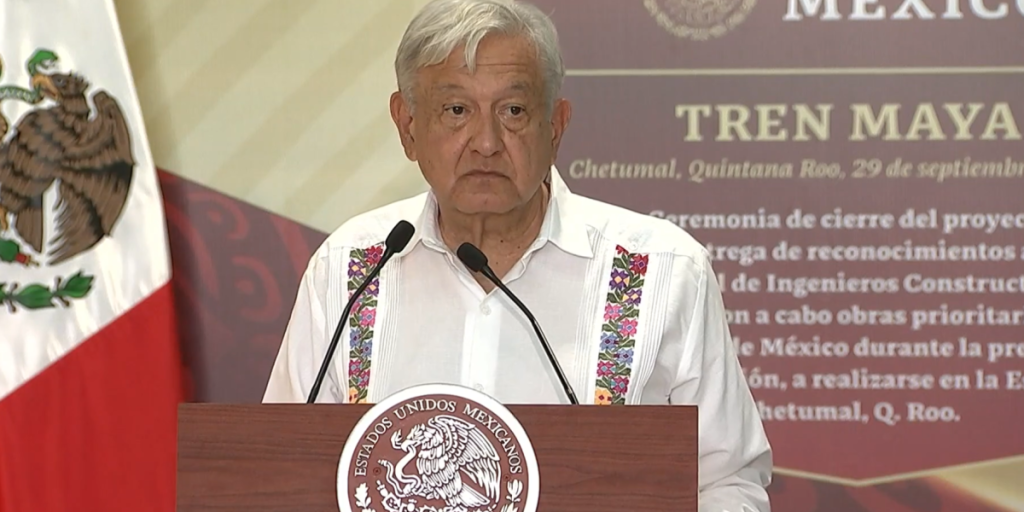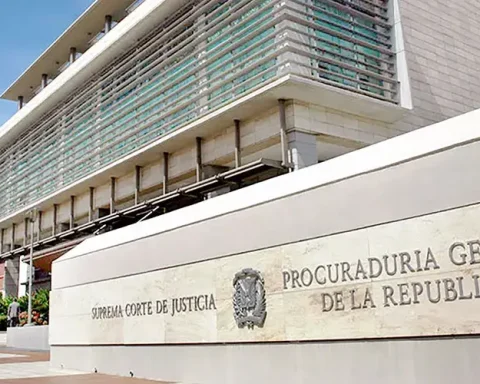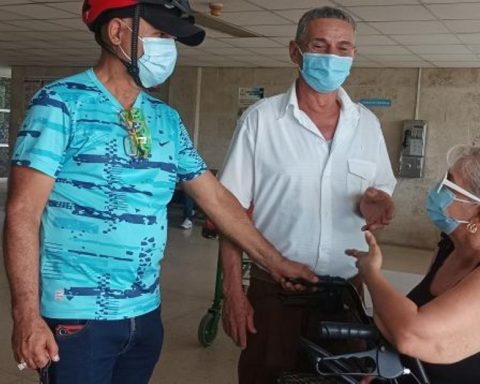Forest fires and the lack of resources for food considerably affect citizens in our country, despite the underestimates of the authorities, as shown by the recent national representation survey of the Institute of Peruvian Studies (IEP), an investigation carried out with the newspaper La República.
The study consulted the population from Friday, September 20 to Wednesday, September 25 and has margins of error of 2.8 points above and below each result to represent the situation in Peru.
Approximately 39% of Peruvians estimate that forest fires greatly affect them or their close families, and 17% believe that this impact occurs to some extent. That is to say, the majority perceive the impact on them or their loved ones by these accidents to be considerable: a lot for two out of every five citizens, something for nearly a fifth of the population.roughly speaking.
In contrast, a fifth of the country, 21% of those surveyed for this study, think that these fires have little impact on them or their close relatives.
A similar proportion of citizens, 20% of those consulted by the IEP, estimate that forest fires affect them or their family members in no way.
In our rural areas, in the eastern provinces, in the southern provinces and among the poorest (socioeconomic levels D and E), it is more widespread for the impact of these incidents to be classified at most.
When choosing what would be the main environmental problem in Peru, 29% of our society considers it to be the loss of forests or deforestation. A close proportion, 27% of those surveyed, think it is urban pollution.
Furthermore, 17% of Peruvians believe that the nation’s main environmental problem is climate change. 13% estimate that it is the lack of water and 10% that it is the loss of wild animals and plants.
Hunger
Likewise, 41% of Peruvians said they had gone without food in the last three months due to lack of money or other resources. There are two out of every five compatriots in this situation, roughly speaking.
However, more than half of the country, 58% of those surveyed in this study, have not had this experience in this period.
In rural areas, among the poorest (those in levels D and E) and in the eastern and northern provinces, it is more common to have run out of food in the recent quarter.
In the survey, 68% of respondents in rural Peru were left without food during this period.
Nearly a quarter of the national population, 26% of those consulted in the survey, would say that food consumption in their home has greatly reduced in the last three months.
More than a third of the country, 36% in the IEP survey, would reveal that family meals decreased somewhat in that period.
22% of Peru would say that food consumption in their home has maintained, but they have had to sacrifice other expenses in the recent quarter.
Only 15% of compatriots would say that their family diet remained without problems during that time.
